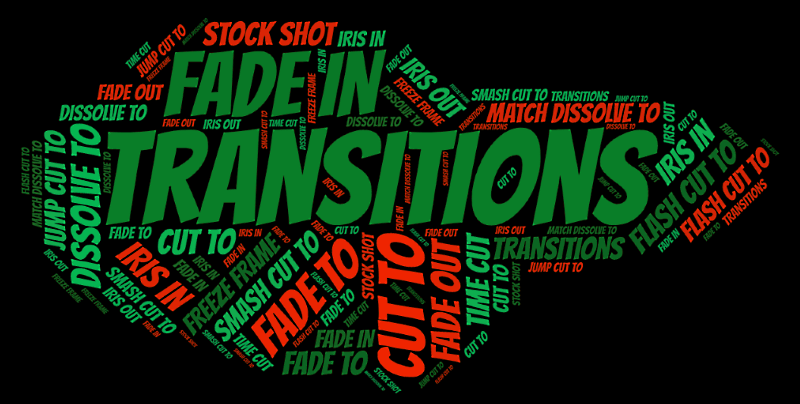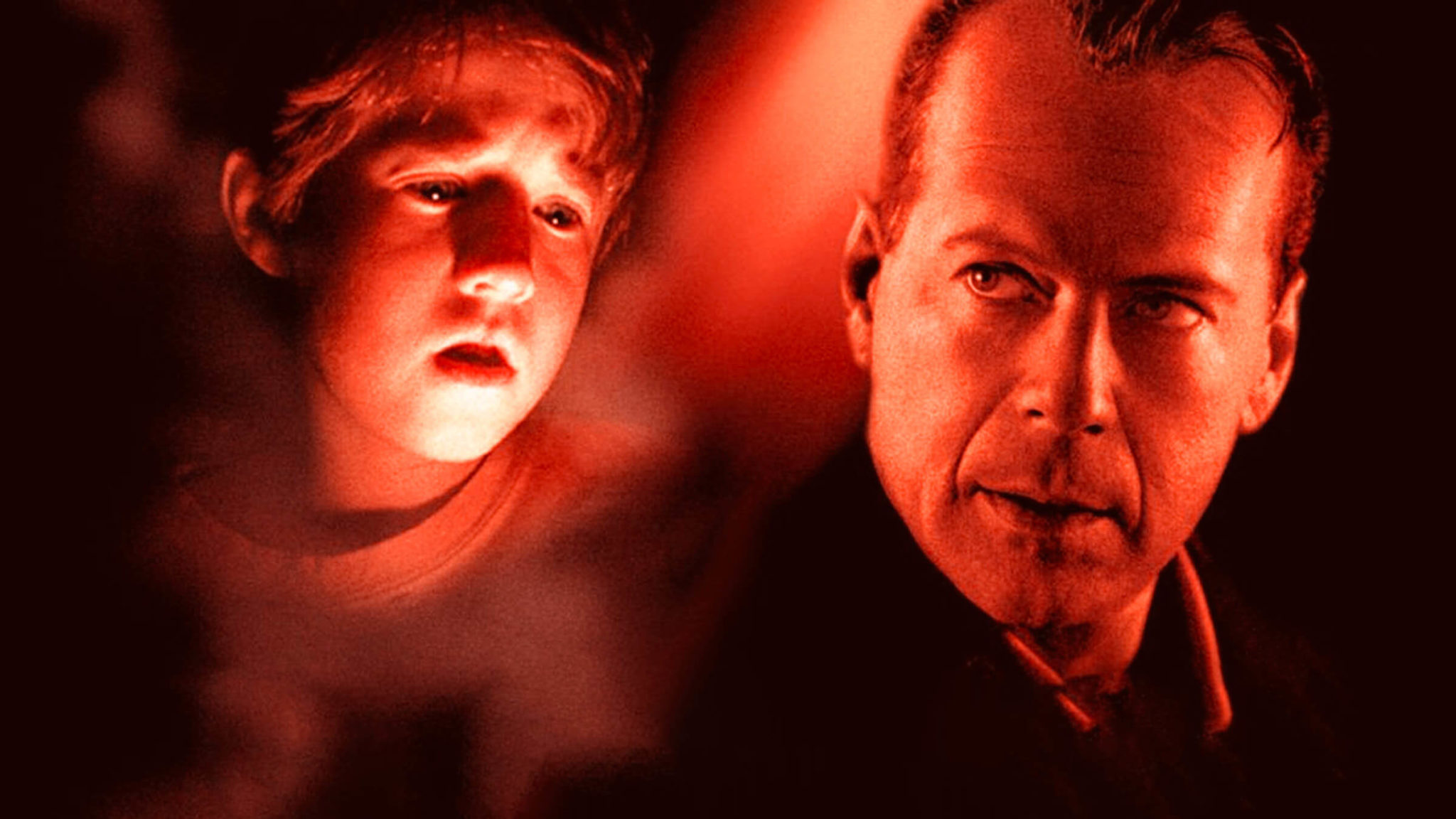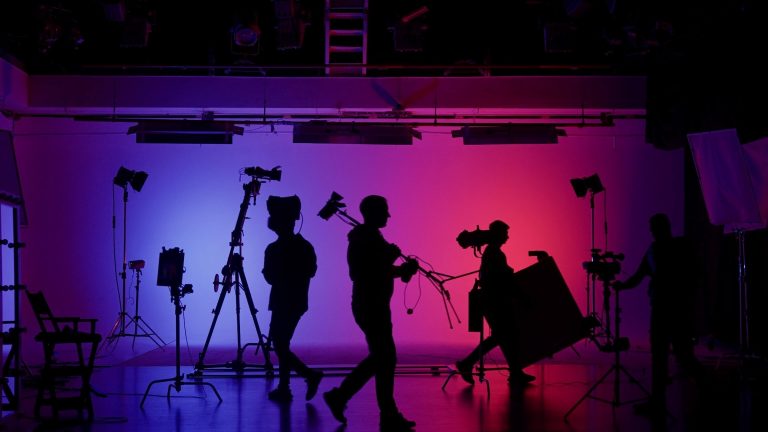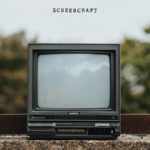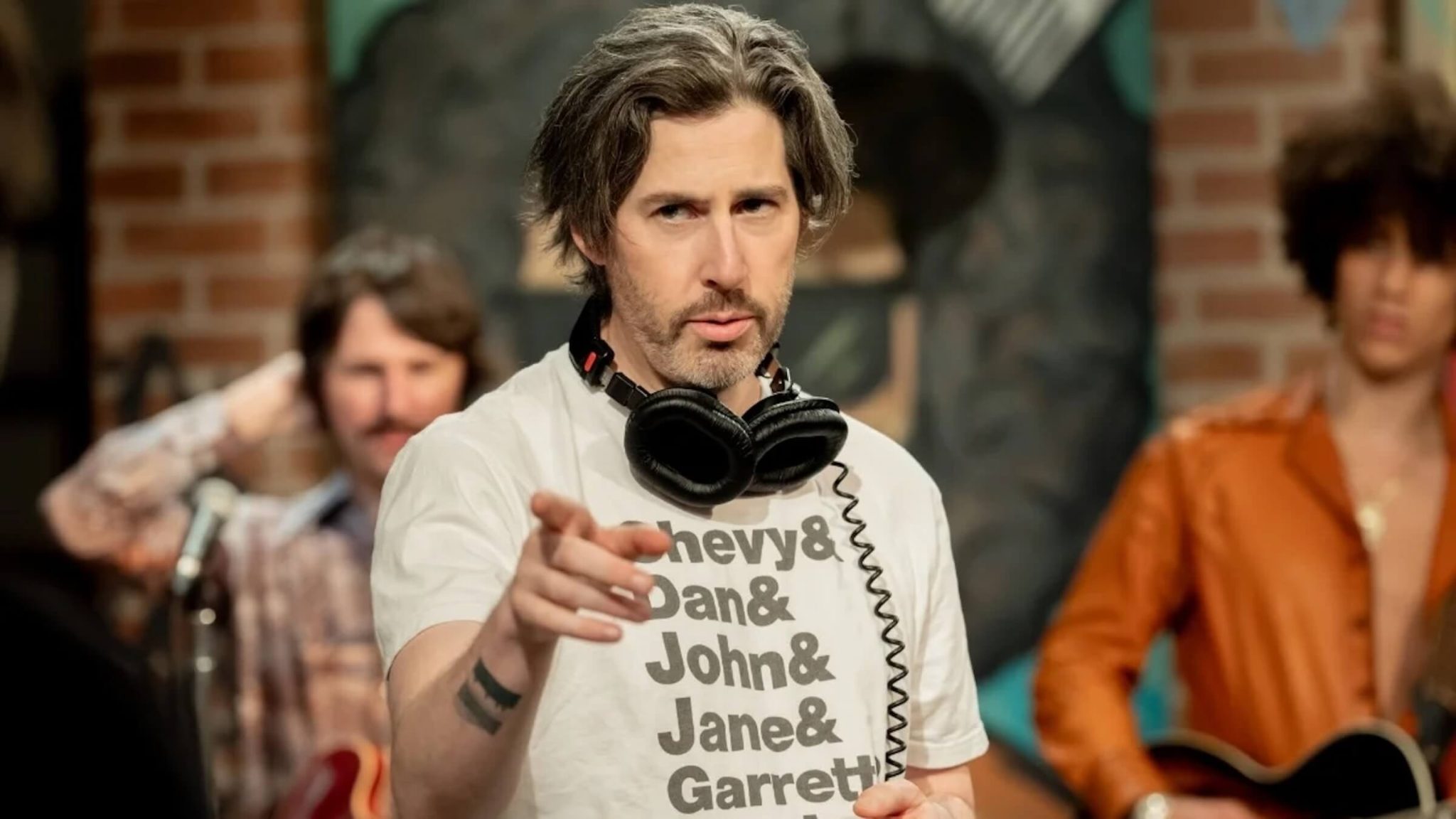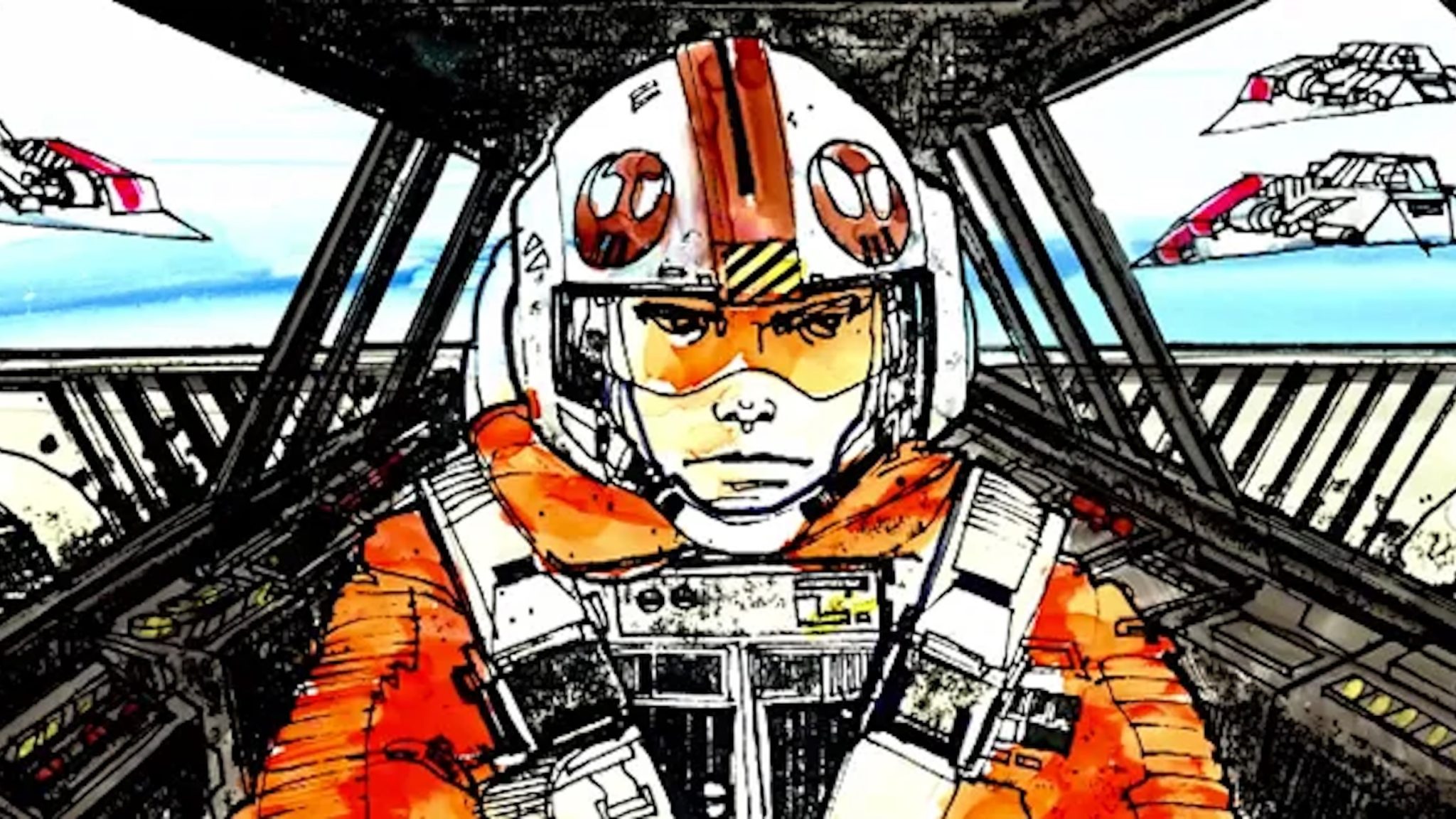Everything Screenwriters Need to Know About Transitions
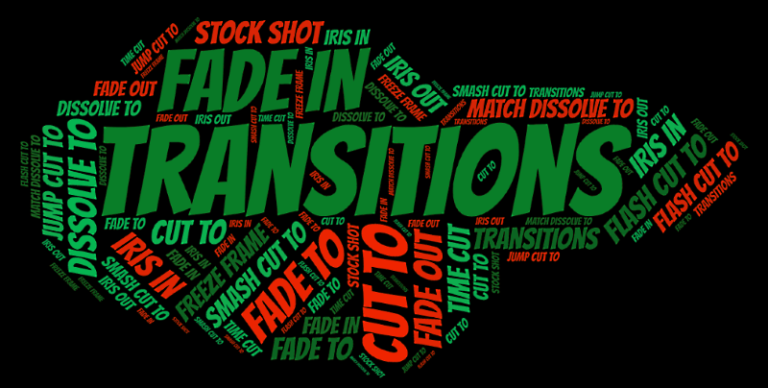
What are screenplay transitions and is it really true that screenwriters should avoid writing them into their scripts?
First and foremost, let's talk about what exactly screenplay transitions are and where they came from.
The Birth of the Screenplay Format
The cinema was born back in the 1890s during the development of technology that could record and play back moving images. As this technology developed, its users began to apply it to fictional stories. The term screenplay wasn't born until years later, however. Back then, they were called scenarios. Films were only a couple of minutes long and scenarios provided brief explanations — written by writers and filmmakers — primarily utilized for marketing and as explanations for audiences that weren’t used to experiencing entertainment in this then-revolutionary technology.
As film narratives became more complex, more than one "scenario" was needed. Stage play format was adapted into cinematic narratives, giving birth to what we now refer to as the screenplay. One of the first examples of the modern screenplay was from the George Melies iconic 1902 film, A Trip to the Moon. The script had thirty-some lines of basic descriptions that provided action and locations.
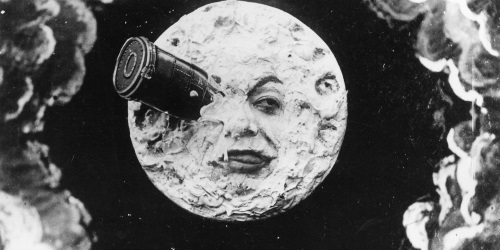
As the American film industry grew from just one single theater in 1905 to ten thousand theaters just five years later, the need for a screenwriter and screenplay for productions grew astronomically.
Stage play directions — stage right, stage left, etc. — were adapted to cinematic terminology and application. Gone were stage directions. Born were technical terms that eventually evolved into what we see today.
The Purpose of Transitions
Screenplay transitions were cues to the editing team that communicated how transitions between shots were to be handled.
CUT TO was a simple direction that stipulated the literal cut from one scene to another — usually, but not always, referring to a location change as well.
In older scripts, you would find such a transition between every new scene.
Variations began to show up, dictating artistic but technical transitions ranging from FADE IN to FADE OUT and especially DISSOLVE TO, which was a prevalent transition as films like Citizen Kane pushed the boundaries of art meeting the technology of film.
Other technical, but artistic, transitions were soon utilized — WIPE TO, IRIS IN, IRIS OUT, MATCH CUT TO, etc.
The true purpose of transitions as film editing evolved was always to offer an artistic transition between scenes. Sometimes those transitions were used to creatively connect two scenes together, show the passage of time, link sounds, link imagery, etc.
What Do the Transitions Mean?
Here are a few of the major transitions we've seen in screenplays over the last century.
CUT TO:
This is the most simple and common transition. This transition is usually implied by a change of scene, but is sometimes used to help intensify character changes and emotional shifts. In the most technical definition, CUT TO describes a change of scene over the course of one frame.
DISSOLVE TO:
This is perhaps the most contemporary transition used in screenplays today. As one scene fades out, the next scene fades into place. This visual aide usually communicates a passage of time or is used for dramatic effect to connect one scene to another.
FADE IN/FADE OUT/FADE TO:
DISSOLVE TO has somewhat replaced any mention of these FADE transitions, to the point where FADE IN and FADE OUT are only used at the beginning of a screenplay (FADE IN) and at the end of a screenplay (FADE OUT).
FLASH CUT TO:
This denotes an extremely brief shot — flashing in front of the audience's eyes in as short as one frame — offering a somewhat subliminal effect.
FREEZE FRAME:
Whatever is on the screen freezing, basically becoming a still photograph, and then holds for a period of time.
IRIS IN/IRIS OUT:
The term refers to a wipe from a certain point of the frame out in all directions, mirroring the visual of the iris of a human eye opening for dimly lit situations.
JUMP CUT TO:
This transition suggests film editing where two or more sequential shots of the same subject are taken from the camera, actor, or prop positions that vary only slightly. This gives the effect of jumping forwards in time.
MATCH CUT TO:
A transition that cuts from one shot to another where the two shots are matched by the action or subject and subject matter. Case in point, the iconic scene from 2001: A Space Odyssey where the apes have used a bone as a weapon for gathering food and we watch as an ape throws the bone into the air — we match cut to a spaceship in space.
MATCH DISSOLVE TO:
Very similar to MATCH CUT, however, there is a clear fade in and fade out transition between the two, rather than a complete cut from one frame to the next.
SMASH CUT TO:
This technique in editing has one scene abruptly cutting to another for aesthetic, narrative, or emotional purpose. The smash cut is usually unexpected for dramatic effect. You can use this in horror films to suddenly cut away from a horrific moment to a calm one, therefore creating a jarring effect from one extreme to another. You can also use it in thrillers and any other genre to leave behind an outcome mystery of an action or enhance that moment by leaving the rest to the audience's imagination.
Here is an example from Vanilla Sky.
The SMASH CUT forces the audience to be somewhat shocked to see the lead character in a mask — this is the first time he is seen as such in the film. It's a sudden change from the flashback sequence to him now in closeup, with the audience's unexpectedness of him in a mask — that's what makes this transition a SMASH CUT.
STOCK SHOT:
This is an older term used to transition from one scene to the use of stock footage — often seen in historical films of yesteryear.
TIME CUT:
This transition has appeared in scenes that take place within the same location — often, but not always, with the same character(s) present in that location — but at different times. For example, if a man is stranded on an island and sitting on a beach as he looks for passing ships, you could use TIME CUT to communicate different moments within that same location and time period of the castaway pacing back and forth, sleeping, waking up suddenly, and then being drenched in water by the rising tide.
WIPE TO:
Much like the IRIS IN and IRIS OUT, the WIPE TO offers a wipe from any part of the frame to another. George Lucas often used this editing transition in the Star Wars films he directed and produced.
How NOT to Use Them
The biggest mistake novice screenwriters make with transitions is using CUT TO between each and every scene within their screenplay.
This practice was widely utilized as early as fifty ago. Since the advent of screenwriting software, the format has been streamlined to the point where it's automatically implied that between scenes, the editor is going to have to "cut to" another scene — thus, CUT TO between scenes isn't necessary.
When to Use Them, When NOT to Use Them
Screenplay transitions are part of a long, ongoing debate between pundits, screenwriters, and industry insiders. Pundits and gurus often declare that screenwriters should avoid transitions — or any camera directions — in their screenplays, with no exceptions.
However, the truth is that there is a middle ground. Screenwriters writing on spec should be writing cinematic screenplays that offer readers a cinematic experience.
Read ScreenCraft's Why Screenwriters Should Think Like Film Editors!
At the same time, screenwriters shouldn't bog down their screenplays with too much technical jargon and over-saturated format.
So the middle ground directive is to use transitions sparingly.
While WIPE TOs, IRIS INs, IRIS OUTs, and FADE TOs are dated transitions rarely used in today's screenplays, there are justifiable transitions like SMASH CUTs, DISSOLVE TOs, and MATCH CUTs that screenwriters can use now and then — as long as the moments within the script that they are attached to are integral to the story.
Pundits and gurus will argue that the eventual director won't appreciate them and would likely utilize their own technical and artistic choices anyway. They're missing the point.
Writing cinematically is very important for the spec scriptwriter. Most readers are just looking for a great read — plain and simple.
Using a few transitions that have an artistic, cinematic, and narrative purpose can often enhance the read of your screenplay by offering a visual that heightens the implied moment.
So in short, you can use them, but be sure to use them wisely — and sparingly.
Ken Miyamoto has worked in the film industry for nearly two decades, most notably as a studio liaison for Sony Studios and then as a script reader and story analyst for Sony Pictures.
He has many studio meetings under his belt as a produced screenwriter, meeting with the likes of Sony, Dreamworks, Universal, Disney, Warner Brothers, as well as many production and management companies. He has had a previous development deal with Lionsgate, as well as multiple writing assignments, including the produced miniseries Blackout, starring Anne Heche, Sean Patrick Flanery, Billy Zane, James Brolin, Haylie Duff, Brian Bloom, Eric La Salle, and Bruce Boxleitner. Follow Ken on Twitter @KenMovies
For all the latest ScreenCraft news and updates, follow us on Twitter, Facebook, and Instagram.
Tags
Get Our Screenwriting Newsletter!
Get weekly writing inspiration delivered to your inbox - including industry news, popular articles, and more!



